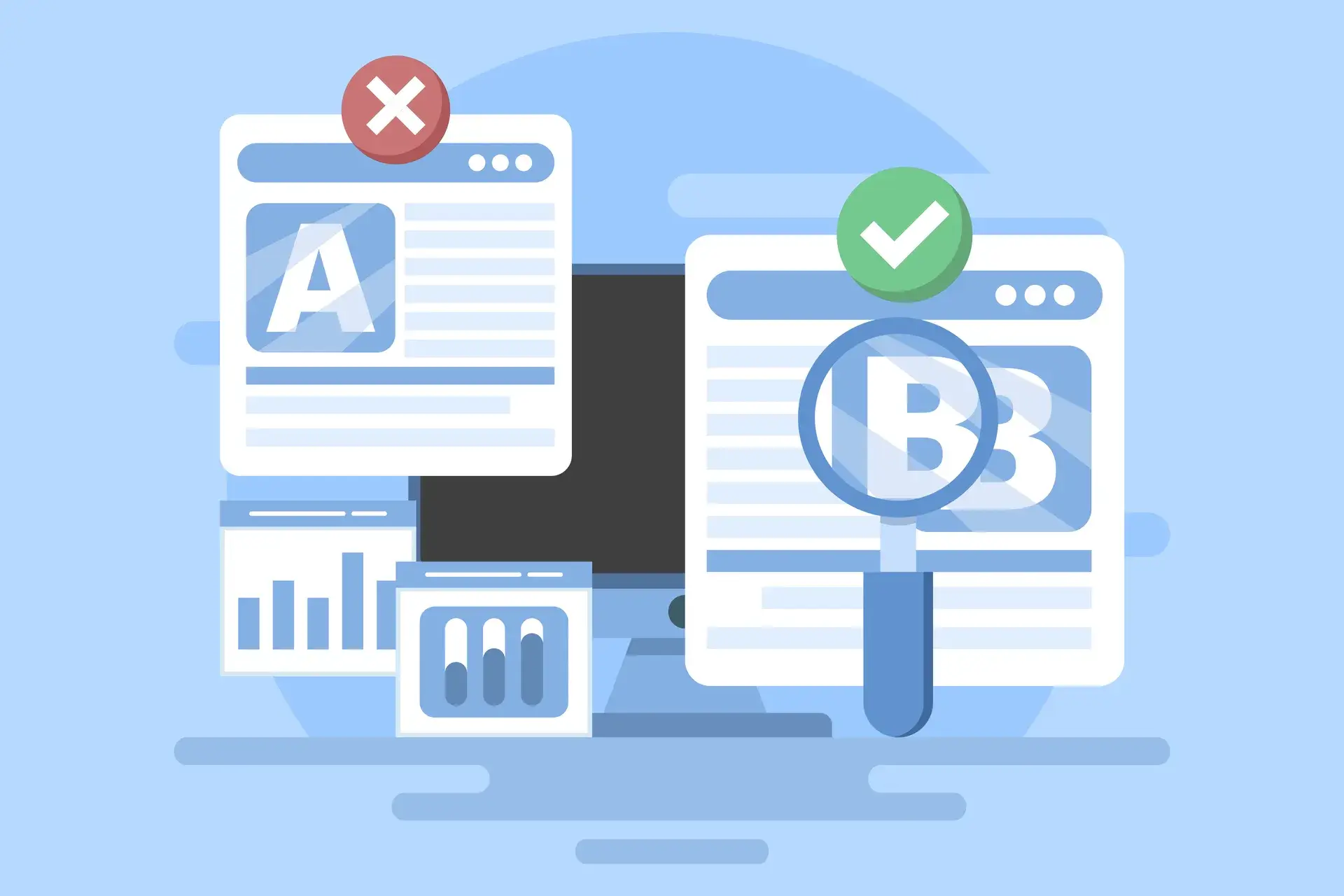Understanding how to conduct a website conversion analysis is vital for businesses in Gauteng looking to improve their online performance. A well-structured analysis helps identify bottlenecks in the conversion funnel, understand user behavior, and implement changes that can significantly boost sales and leads. In this article, we’ll explore the key components of website conversion analysis and how businesses in Gauteng can leverage these insights for better results.
What is Website Conversion Analysis?
Website conversion analysis involves examining the behavior of visitors on your website to determine how effectively they complete a desired action, such as making a purchase, signing up for a newsletter, or filling out a contact form. By analyzing various metrics, businesses can identify areas that need improvement to enhance the overall user experience and increase conversion rates.
Key Components of Conversion Analysis
1. Key Performance Indicators (KPIs)
Establishing KPIs is essential to gauge the effectiveness of your website. Common KPIs include:
- Conversion Rate: The percentage of visitors who complete a desired action.
- Bounce Rate: The percentage of visitors who leave your site after viewing only one page.
- Average Session Duration: The average time users spend on your site.
2. User Journey Mapping
User journey mapping involves visualizing the steps users take from arriving on your site to converting. It highlights:
- The entry points (organic search, social media, ads).
- Pages users visit before converting.
- Points where potential customers drop off.
3. Heatmaps and Click Tracking
Utilizing tools for heatmaps and click tracking can help you visualize user interaction on your site. These tools can show:
- Which areas of your site attract the most attention.
- How far users scroll down a page.
- Common click patterns leading to conversions.
Steps to Conduct a Website Conversion Analysis in Gauteng
Step 1: Define Your Goals
Before analyzing, define what conversions mean for your business. Set clear goals, whether it's increasing sales, sign-ups, or other specific actions.
Step 2: Gather Data
Use analytics tools like Google Analytics to collect data on user behavior, traffic sources, and conversion metrics.
Step 3: Analyze and Interpret Data
Look for trends, patterns, and insights that indicate where users struggle and where improvements can be made.
Step 4: Implement Changes
Based on your findings, make necessary changes to your website’s design, content, or user experience to improve conversions.
Step 5: Monitor and Adjust
Continuously monitor your KPIs and make adjustments as needed to ensure ongoing improvement in conversion rates.
Conclusion
Conducting a thorough website conversion analysis can be a game-changer for businesses in Gauteng, enabling them to make informed decisions that drive success. By understanding user behavior and pinpointing conversion obstacles, businesses can optimize their websites for improved performance and increased revenue. For businesses looking for expert assistance, Prebo Digital offers comprehensive conversion rate optimization services tailored to help you achieve your goals. Contact us today for a consultation!




